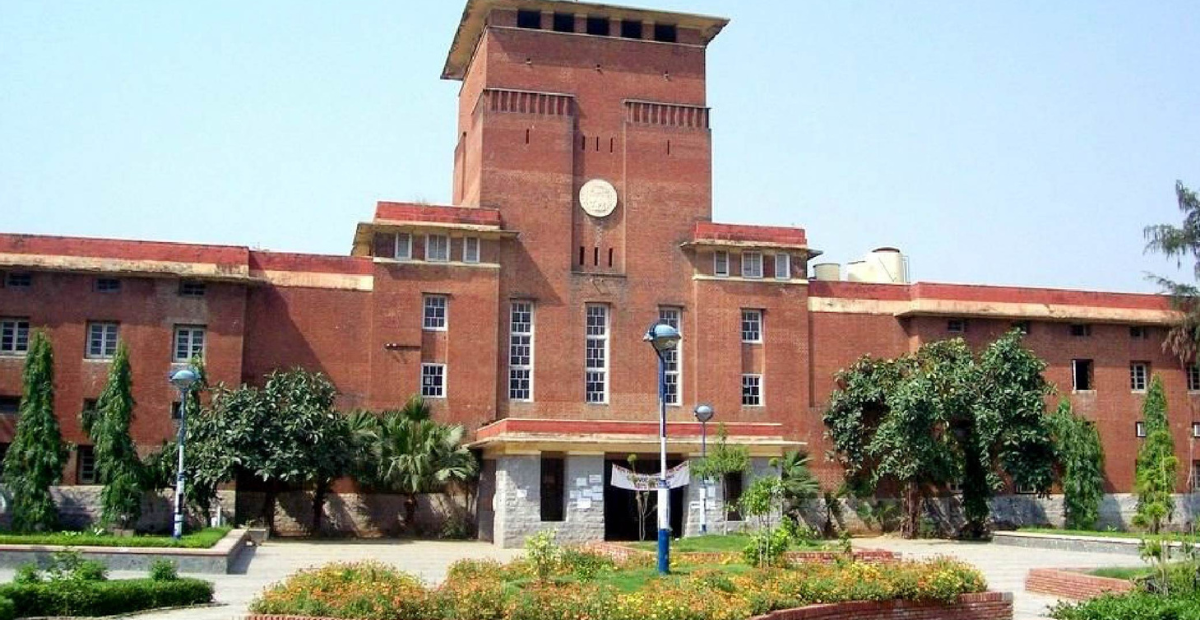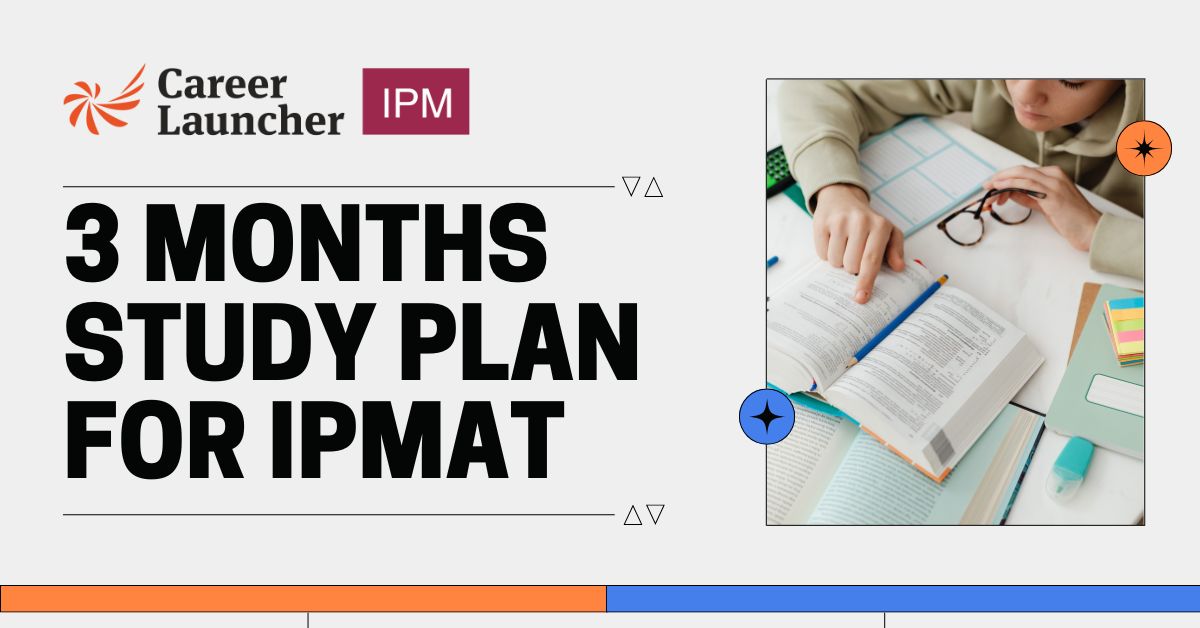Most Recent Blogs
CAT MBA
Top 10 MBA Colleges For Marketing In India
10 Jul 2025 Marketing is one of the most sought-after and evolving MBA specializations in India. If you are a marketing…
CAT MBA
XAT 2026 Notification Released, Registration Started Today @xatonline.in
10 Jul 2025 The XAT exam date has been announced by XLRI with the release of the XAT 2026 notification on…
IPM
3 Months Study Plan for IPMAT: Crack the Exam with Ease
09 Jul 2025 IPMAT stands for Integrated Programme in Management Aptitude Test. It’s a crucial exam for students in India aiming…
CAT MBA
Top Tier 2 MBA Colleges in India – Placements, Fees, Cutoffs
09 Jul 2025 India has a strong set of Tier 2 MBA colleges that offer excellent placements, good faculty, strong alumni…
CAT MBA
IIM Waitlist Movement 2025: Previous Year Analysis & Category-Wise Trends
09 Jul 2025 Waitlisted by an IIM? Don’t lose hope! This blog provides insights into the past year's IIM waitlist movement…
IPM
How To Get Into IIM After 12th Class?
09 Jul 2025 Getting into the reputed IIMs doesn’t have to be pushed till after completing the bachelor’s degree; with the…
BBA
Best BBA Colleges in India: Top 10 Ranked City-Wise
08 Jul 2025 Best BBA Colleges in India: A BBA (Bachelor of Business Administration) degree helps students prepare for a successful…
IPM
IPMAT Maths Syllabus 2026: Topics, Weightage & Strategy
08 Jul 2025 The Integrated Program in Management Aptitude Test (IPMAT) is a crucial gateway to the prestigious five-year integrated management…
IPM





![IIM Rohtak IPM 2025 Final Selections Declared! [Direct Link]](https://www.careerlauncher.com/blogs/wp-content/uploads/2025/07/IPM-IIM-–-Rohtak-2025-final-selections-1200x628-1.jpg)






